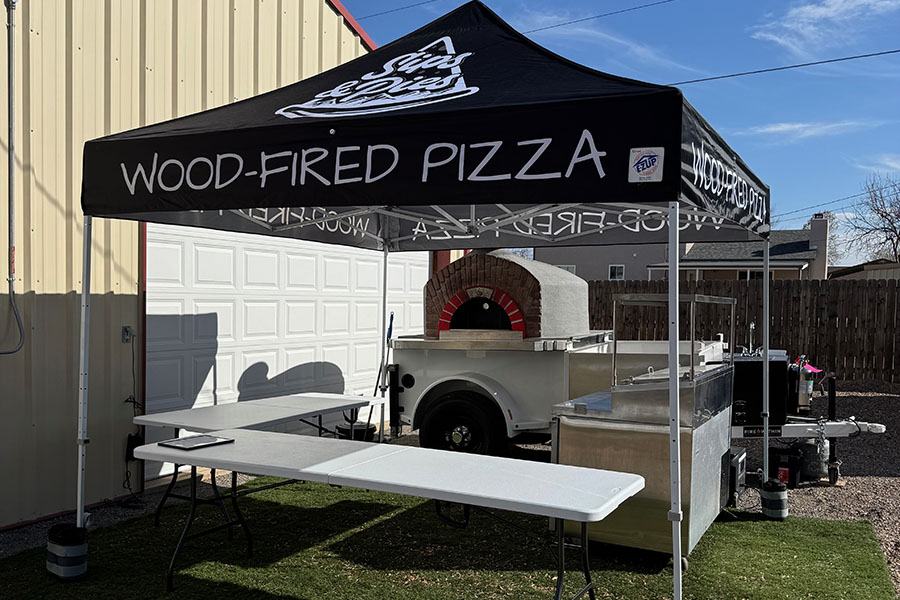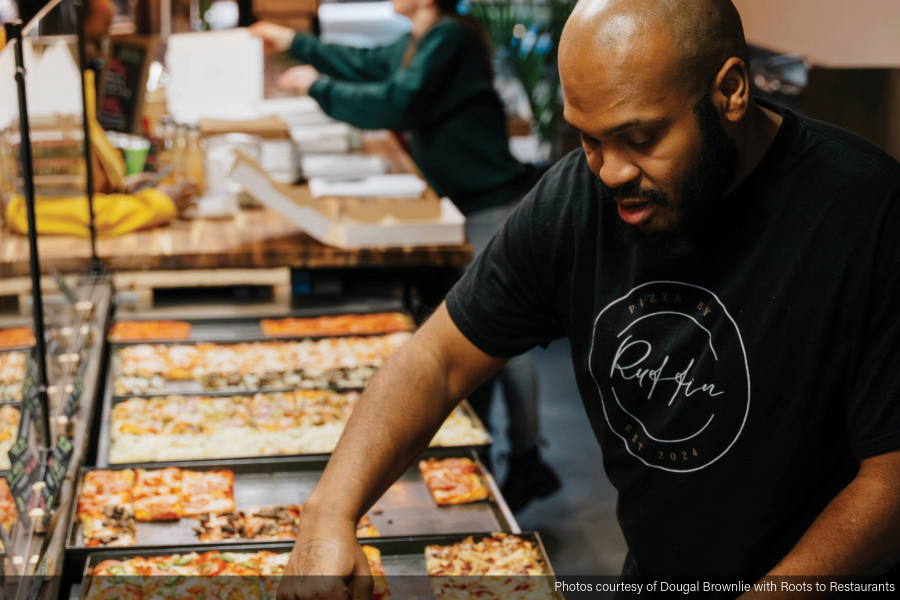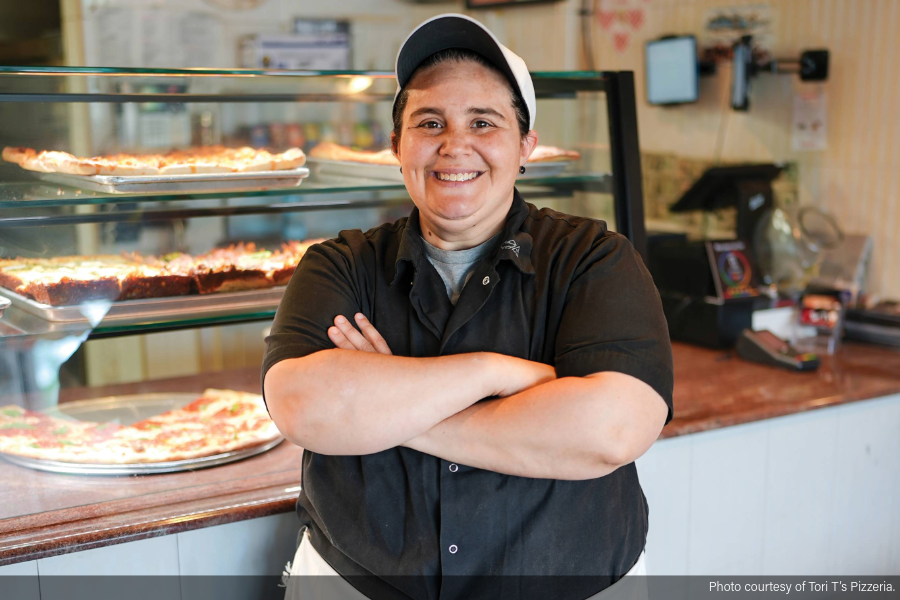 Cleaning and maintenance key to refrigeration care
Cleaning and maintenance key to refrigeration care
When Rocco DiGrazia planned the layout of his back-of-house operation at Rocco’s Little Chicago Pizza in Tucson, Arizona, there was just no room for a walk-in cooler. Solution: DiGrazia opted to house the walk-in unit behind the restaurant, exposed to the elements of Tucson’s desert climate.
“We are having few problems with our exterior walk-in,” DiGrazia says. “It has been a godsend. It’s been pretty solid for a decade or so.”
Going into the hottest months of the year, now’s the time to ensure that your refrigerators and freezers are in tip-top shape. Maintenance is vital to refrigeration performance, efficiency and longevity.
DiGrazia’s exterior walk-in unit requires special consideration with air temperatures reaching 110-plus F. “We could do with some of those flexible strips to cut down on heat transfer when the door is open,” he says to aid efficiency and energy savings.
Oddly enough, it’s the cooler temperatures that DiGrazia says demand more diligent monitoring. When air temperature drops below 40 F, Rocco’s crew routinely check refrigerant levels and the machine’s parts.
DiGrazia also keeps an eye on the unit’s condenser coils. “We have coils blown out about twice a year,” he says.
A unit’s condenser and evaporator coils — along with their associated fan motors and blades are crucial parts that require regular maintenance and cleaning, says Jim Kovacik, operations director at Northern Pizza Equipment, a nationwide equipment supplier based in Dexter, Michigan.
“Cleaning the coils and fans keeps the airflow moving at their design capacity,” Kovacik says. “When airflow drops below specs; so does the performance, efficiency and lifespan of the machinery.”
How often coils need to be cleaned is dependent on the equipment’s environment. Kovacik suggests, “You may start by cleaning twice a year and evaluate how dirty it is and increase or decrease your frequency accordingly.”
John Milone owns a small pizzeria, Johnny Jo’s Gourmet Pizza in Kansas City, Missouri, with just enough space for a two-door reach-in cooler and three-door make table. He had a problem recently with flour migrating into the coils of both units. “I actually used a dust remover that is used for cleaning computer keyboards for a quick, temporary and inexpensive way to fix the problem,” he says.
After the mishap, Milone instituted a quarterly maintenance and cleaning schedule performed by a local refrigeration service professional.
Kovacik recommends working with a trained professional to develop a structured preventative maintenance program to keep your equipment in good working condition. “You develop a relationship with your service techs and they get to know your equipment and your operation,” he says. “They will recognize and fix problems before they become major issues.”
 Keeping coolers and freezers at their appropriate temperatures is paramount, not only to your operation but also to the safety of your diners. “Keeping the cold in and heat out of your cooler is critical to efficiency, reliability and not least food quality,” Kovacik says.
Keeping coolers and freezers at their appropriate temperatures is paramount, not only to your operation but also to the safety of your diners. “Keeping the cold in and heat out of your cooler is critical to efficiency, reliability and not least food quality,” Kovacik says.
“The cost of premature spoilage quietly erodes the bottom line and may not be considered when making maintenance decisions.”
Recouping food losses may be the least of an operator’s worries with a refrigerator on the fritz. It could also result in critical violations of area health codes. In Chicago, a common reason a Chicago business fails an inspection, according to cityofchicago.org, is because the establishment lacks adequate refrigeration (the temperature is above 40 F in refrigerators/coolers and above 0 F in freezers). Refrigerator systems are inspected annually in Chicago to be sure they are functioning properly, while other municipalities evaluate refrigeration twice a year.
Often local health inspectors will help guide restaurant operators about
machine parts replacement schedules, Kovacik says.
Kovacik finds that doors are the most used, yet overlooked, component. “Close attention should be paid to your door gaskets, door closer, door hinges and strip curtains,” he says.
Repairing and realigning doors is a suggestion offered by EnergyStar.gov in its EnergyStar Guide for Restaurants. Other cost-saving tips include allowing air circulation, insulating suction lines, checking refrigerant charge and cleaning coils.
Refrigeration procedures should be included in employee manuals with strategies to help promote energy efficiency, like turning off the lights when exiting a walk-in, never allowing doors to remain open for extended amounts of time and keeping the area around the coils clear for better airflow.
Keep daily temperature logs for refrigerators and freezers, as well as a cleaning and maintenance record.
It’s better to invest time routinely to maintaining refrigerators and freezers than mounting costs for a major, preventable repair.
Denise Greer is associate editor of Pizza Today.

 Cleaning and maintenance key to refrigeration care
Cleaning and maintenance key to refrigeration care




